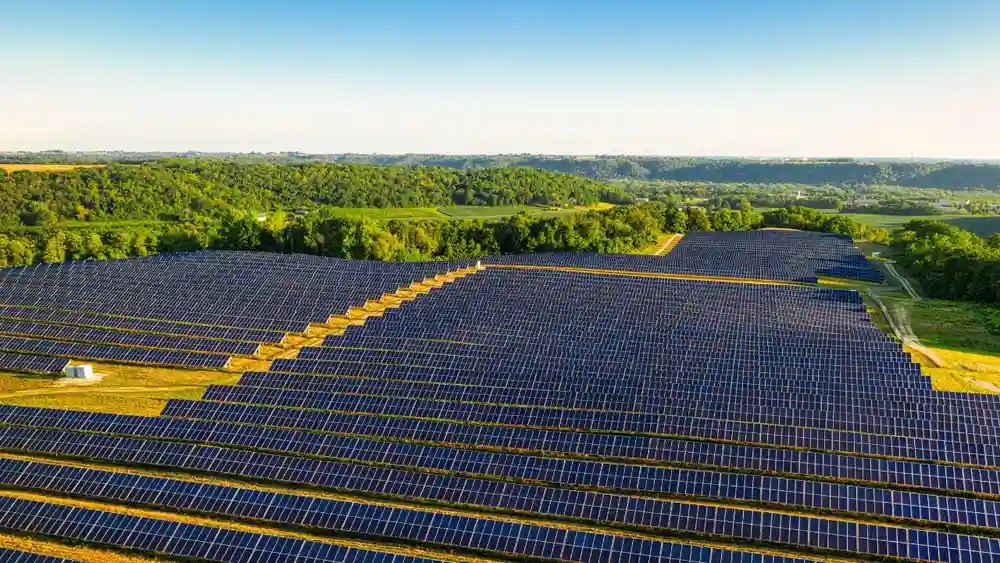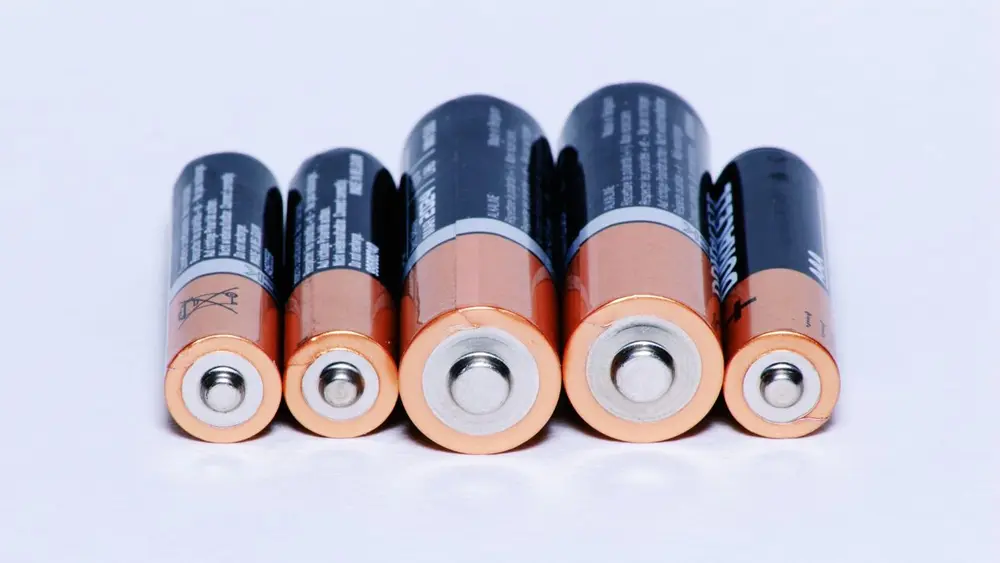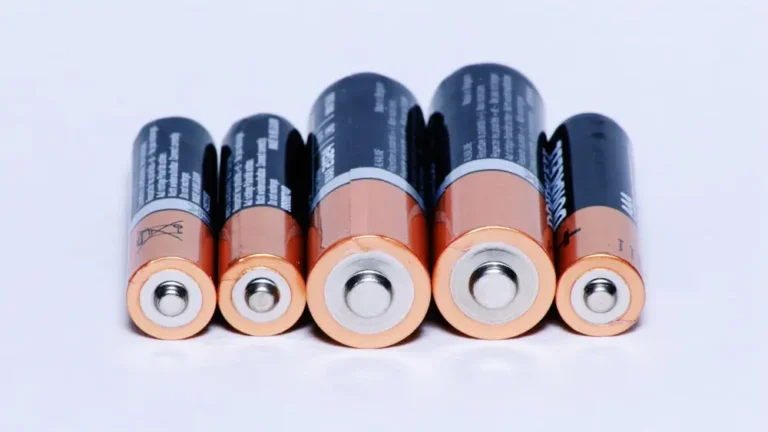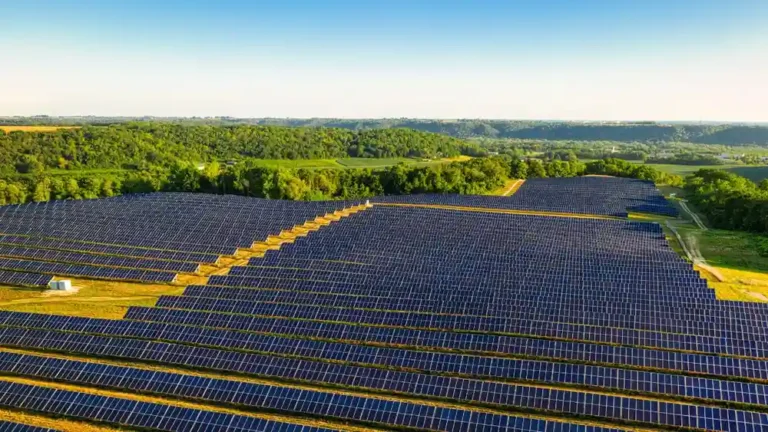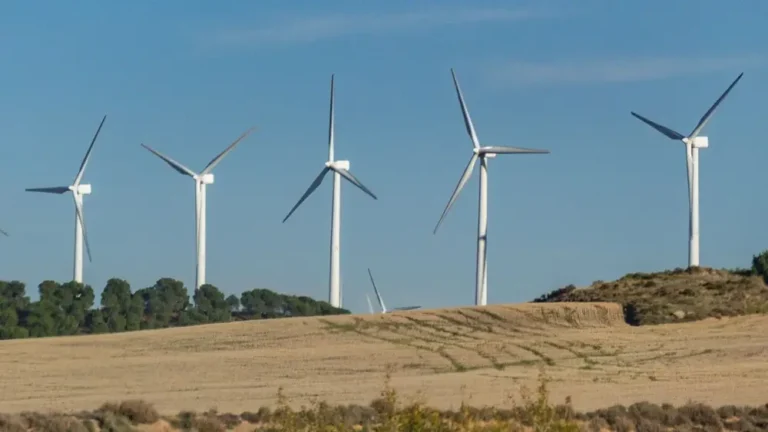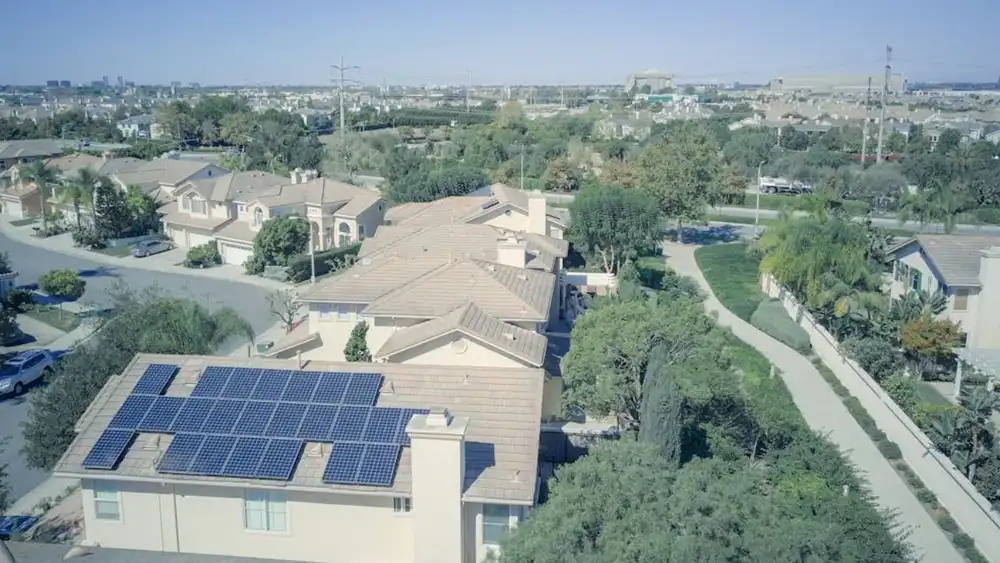
Yes, solar panels are worth investing in if they save money in the long run, increase the value of your home, and help improve the environment by reducing fossil fuel use. Your location, sunlight exposure, condition of your roof, and the installation costs will help determine whether solar is for you.
In recent years, sustainable living has become the norm. Homeowners ask the question: Are solar panels really worth the investment? Solar technology has been advanced in the last decade, and its cost has decreased. Today, solar energy is an appealing option for anyone looking to reduce carbon footprints and decrease energy bills. Does the math add up? How about maintenance, depreciation of property, and the whims of government incentives?
Also read: The Rise of Solar Farms in Rural USA: Opportunities and Challenges
This article will give you a clear, comprehensive look at the factors that determine whether solar panels are a wise investment for your home. We’ll cover everything from upfront costs to long-term savings, the pros and cons, and how to assess if solar energy aligns with your unique needs and lifestyle.
Key Considerations for Solar Panel Investment
1. Upfront Costs and Financing Options
Installation Cost: Most average U.S. home installation costs will range in the $15,000 to $25,000 dollar range, but a number of variables come into play with regards to regions, size, and installer specifics. In 2023, the national average is around $2.50-$3.50 dollars per watt of solar, and if one were to multiply that by the 6 kW system described above, then installation cost could fall at the low end at just over $15,000 or at the high end around $21,000.
Also read: Wind Energy’s Role in Transforming Rural America
Federal Tax Incentives: The federal government, at this time, offers a solar tax credit. The current solar tax credit is commonly known as the Investment Tax Credit. A part of what homeowners spend on solar energy is deductible from their taxes. The ITC, or Investment Tax Credit, will be fixed at 30% until the year 2032 and can certainly yield substantial savings upon installation.
State and Local Incentives: Some states, like California and New York, have supplemental rebates and incentives that can reduce even further. Research your area, as incentives vary greatly from location to location.
Key Takeaway: The solar cost can be significantly reduced by incentives, making it much cheaper. Moreover, most providers offer options like leasing, loans and PPAs to spread costs over time.
2. Save over time on Energy Bills
Monthly Savings on Electricity Bill: This will make your monthly electricity bill really small. How much is saved depends on the consumption rate, size of the system, and utility rates prevailing in the local areas. For example, areas like California, which have higher energy costs, usually have larger savings.
Also read:The Future of Battery Storage in the U.S – Innovations, Growth and Sustainability
Break-even Period: The break-even period, or the point at which your savings equal your initial investment, usually falls in the range of 6 to 10 years. In regions that have a lot of sunlight and where utility costs are really high, this can even be shorter.
Net Metering: In many jurisdictions, net metering gives homeowners the right to feed excess electricity generated by solar panels back into the power grid. This can again offset costs and reduce payback periods.
Key Takeaway: Solar panels offer substantial savings over long-term periods, particularly when the electricity rates are high. Savings even persist beyond the payback period for the system, allowing benefits to be received 15 to 20 years or more depending on the life of the system.
3. Environmental Impact and Sustainability
Reducing Carbon Footprint: This is a source of energy that is renewable. This source does not emit pollution at the time of production. Usage of solar energy can cut carbon dioxide up to 3-4 tons a year for any normal house.
Reducing Use of Fossil Fuels: Use of solar energy reduces our dependency on fossil fuels. These fuels are also limited and being a source of pollution to an extreme extent. Every single kWh of solar electricity reduced the usage of coal, oil, and natural gases.
Waste Management: Although they are environmentally friendly, there is a life span too—they usually last from 25 to 30 years. Proper disposal and recycling have to be ensured at their end to reduce environmental impacts.
Key Takeaway: From an environmental perspective, solar panels provide a source of sustainable energy that decreases your carbon footprint and aids in the broader fight against climate change. For the conscious consumer, this is enough to make solar worth the investment.
Also read: Latest News on Solar Power, Sunlight Power Energy
Benefits and Drawbacks of Solar Panels
Advantages:
Energy Independence: Solar panels reduce your dependence on the grid, which is very valuable in areas that regularly experience power outages or regions with volatile energy prices.
Appreciation of Property Value: Generally, a house with a solar energy installation fetches more on sale. Research in 2019 shows that homes sold approximately 4.1% above the same ones that didn’t have solar installed by Zillow.
Low Maintenance Profile: Solar panels basically don’t require much for their maintenance, although from time to time, their cleaning is required, along with yearly inspection to effectively utilize them for extended durations of time. This allows homeowners to store surplus energy produced during the day for use later at night, thus relying less on mains electricity supply.
Disadvantages:
Weather Dependence: Solar panels produce electricity with the aid of sunlight and are less efficient when the sun is overcast or rainy. No electricity is produced at all at night.
Space Requirements: Installing an adequate number of solar panels requires sufficient roof space, which may be a limiting factor for some homeowners.
Initial Investment: Although costs have come down, the initial investment remains substantial, which may deter some people despite long-term savings.
Key Takeaway: Despite having several merits associated with the implementation of solar panels, like cost-saving and minimal emission on the environment, everybody else cannot use it. Its feasibility would be first identified with a consideration of one’s roof condition, the natural condition prevailing in a geographical area, and current finances. Determine the worthiness of Solar to You.
Also read: Latest News on Onshore & Offshore Wind Energy
Determining Solar Worth according to your Condition
Location and Sunlight Exposure
In sunny regions such as the Southwestern U.S., you will find that solar panels are most useful. On the other hand, in less sunny locations, through technological advancements, it remains possible to install solar systems in a majority of houses. Online solar calculators or local solar installers can help estimate your system’s energy output based on what level of sunlight your area receives.
Energy Consumption Patterns
But of course, if you’re a high-energy user, the savings from installing the solar can be very tremendous. However, for lower energy users, you must wait longer before you even hit the break-even point. Knowing your monthly consumption helps you make a proper choice.
Roof Age and Condition
Installing solar panels also requires good-condition roofing. If you already want to repair or have it replaced, then fix it first because removing and installing panels to replace the roof will be very expensive.
Long-term Plans
If you’re going to be in your house for the long haul, solar makes a good investment. However, if you are going to be leaving within a few years, think about whether the value increase that your property might enjoy and the desirability of having a house equipped with solar panels will be enough to offset the expense.
Also read: Latest News on Energy Storage, Battery Technology
Conclusion: Are Solar Panels Worth It?
Whether or not solar panels are worth the investment really depends on your unique circumstances. For many, the financial and environmental benefits make solar energy an attractive option. High upfront costs can be mitigated by incentives, and the long-term savings on energy bills can be substantial. Not to mention, the positive environmental impact aligns with the increasing demand for sustainable practices.
However, for those people living in less sunny areas, using less energy, or planning to shift soon, solar might not give the maximum return on investment. Long-term commitment is also another important thing, as these solar panels last roughly 25–30 years.
Ultimately, it is for those who can seek energy independence, lowered utility bills, and opportunities to contribute to a much greener future that the solar panels really make the best and most worthwhile investment. The choice remains ever to be a personal assessment; however, in a world increasingly turning to renewables, the decision to go solar is one more people take and increasingly prove worthwhile.

